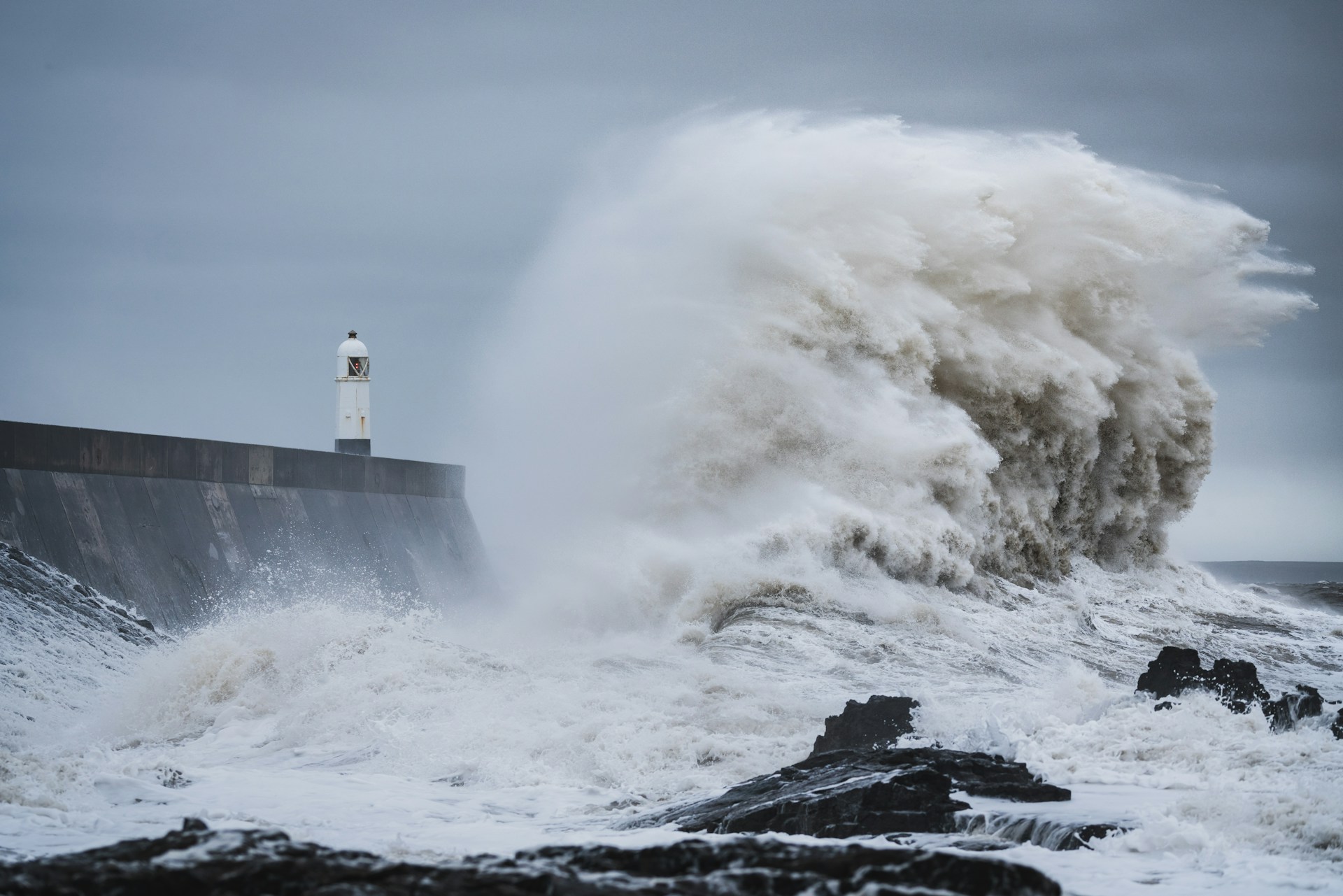For many boaters, the boating year has already been over for a few weeks: so many boats have already entered the long inter winter storage, very often on land. But there are, of course, also many boats this year that remain in the water, moored inside marinas, because of their generous size or the sheer fact that they want to exploit the hull even during the winter, perhaps on weekends of good weather. And in fact, one of the main advantages of leaving the boat in the water even in winter is precisely that it is always
Good news: Genoa’s marina is well protected
The first, most important, and most obvious way to protect one’s boat from fall, winter, and spring swells is to choose a marina that is well sheltered, so that it already has a good defense against adverse weather. The record proves it: there are so many ports that, due to their location and lack of physical barriers, fail to provide a sufficient level of protection. The
That said, for those who have not moored their boat in our Genoa marina as well as those who want to raise the bar of safety to the highest level, let’s look at how to protect your boat from storm surges in ports!
The importance of boat location in the marina
Especially in certain Ports, the exact location of one’s berth can make all the difference in the event of a gale in the harbor. As anyone who has been frequenting a marina for years knows well, and as anyone who has been running a marina for quite some time knows even better, there may be positions where the swell tends to be stronger, and other positions that are quieter, more protected: think also of the many marinas that are familiar with the formation of a risky undertow in the innermost part, just to give one example. Those who wish to secure their boat will therefore do well to take the time and have a chat with those who manage berth reservations, so as to ensure a safe place for their hull.
Always thinking about the positioning of the boat, it will be good to take a look at the neighboring boats as well : in fact, to ensure the safety of our hull, it is good to check that those mooring alongside us are also securing their boats!
Optimizing berthing ahead of the gale in ports
We certainly cannot condition the weather: therefore, since we cannot influence the power of a gale in ports, nor its movements along the coast, all we have to do is optimize our moorings, so as to prepare our boat to face strong winds and impetuous swells. The first step from this point of view is to make sure that each of the elements employed to moor one’s boat is in
After this overall check, in anticipation of the arrival of bad weather, it is certainly not a bad idea to double the cables, and place grommets and rags where necessary to avoid the hazards of chafing. Finally, always in preparation for a gale in ports, it will also be good to consider the help of winches, knowing that these offer great stability.
Clear and secure everything on deck
After taking care of the mooring lines to ensure the perfect position of the boat, it will be good to pay attention to everything on the hull itself. In anticipation of a fearsome gale, those who know that they are exposing their boat to a risk-knowing, for example, that they have moored in a marina that does not shine as far as shelter is concerned, or knowing that their old boat has several weak points-would do well to disembark everything expensive and expensive on board in good time. Step two is then to remove from the deck everything that would otherwise be left at the mercy of the wind: we’re talking about the sails, but also the life raft, dinghy, cushions, and so on, all stuff to be put in the garage, below deck, in the locker, or otherwise to be secured as best as possible.
Sailors will need to take some extra care, blocking the boom, removing the mainsail and furling the jib as tightly as possible.
Preventing infiltration
Finally, to protect one’s boat in ports from winter gales, it will be good to remember that among the threats is not only wind: rain can also do damage, just as in generates water. It is therefore a good idea to make sure that all access routes are well closed, and in case to act promptly on poorly placed latches and seals, between windows, portholes and skylights. It is also absolutely advisable to make sure that sea intakes are closed and in good condition, as well as making sure that the bilge pump is ready to go into operation if needed.
Want to keep your boat safe from storm surges? Reserve a berth in our Genoa marina!


